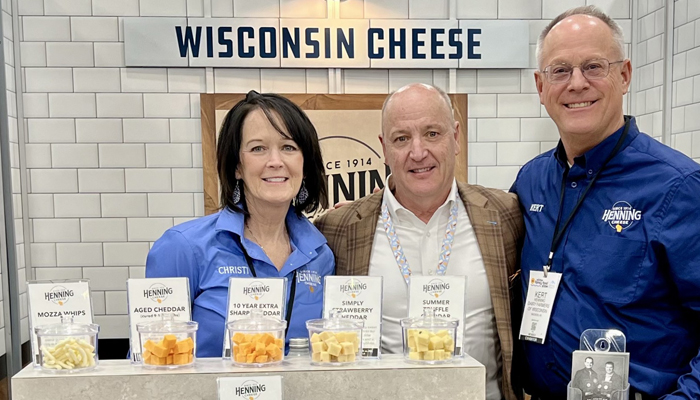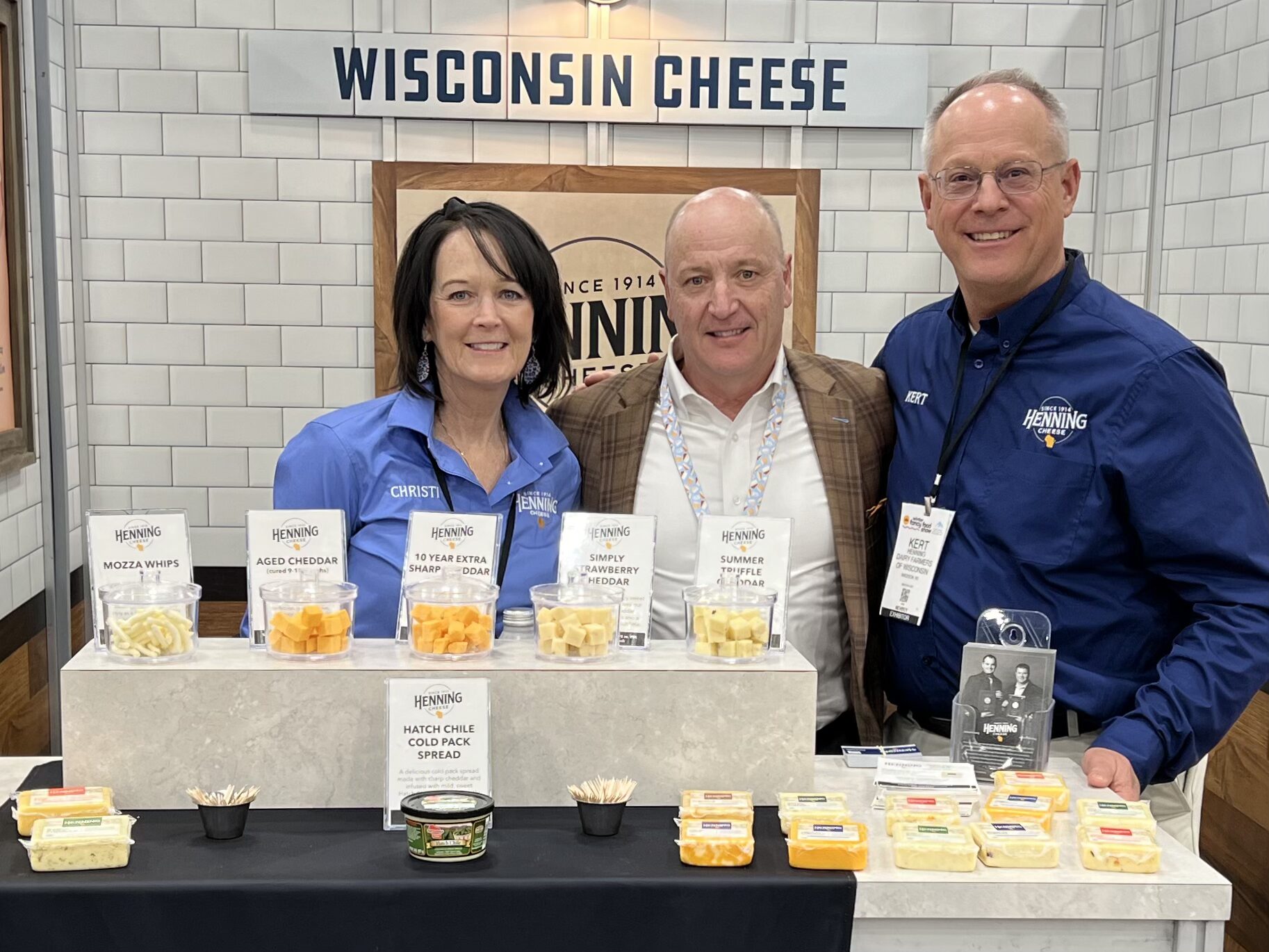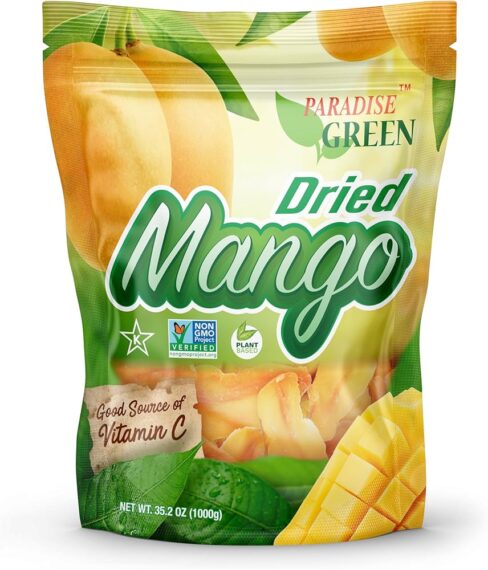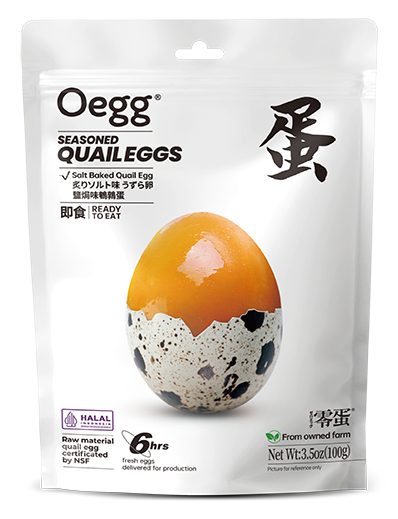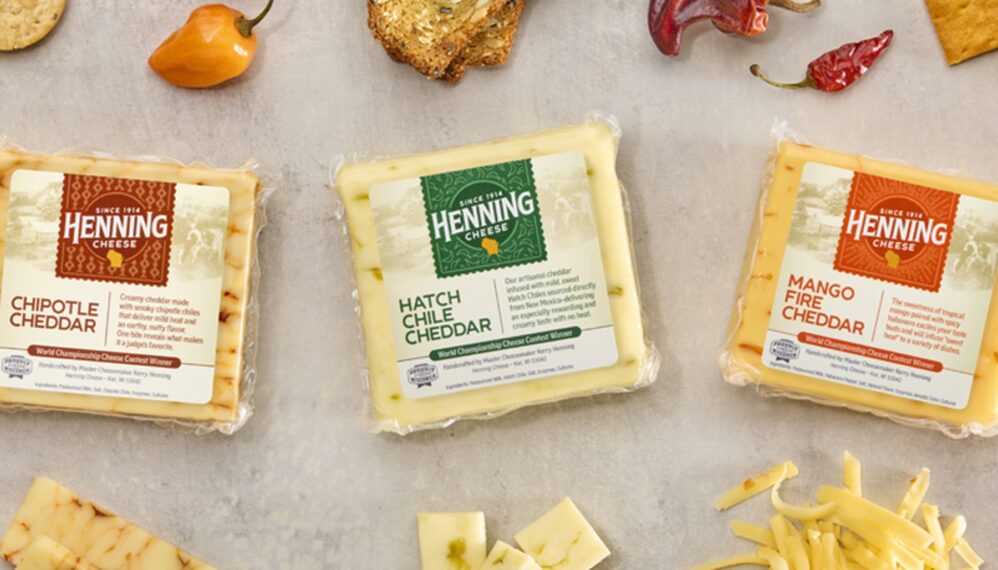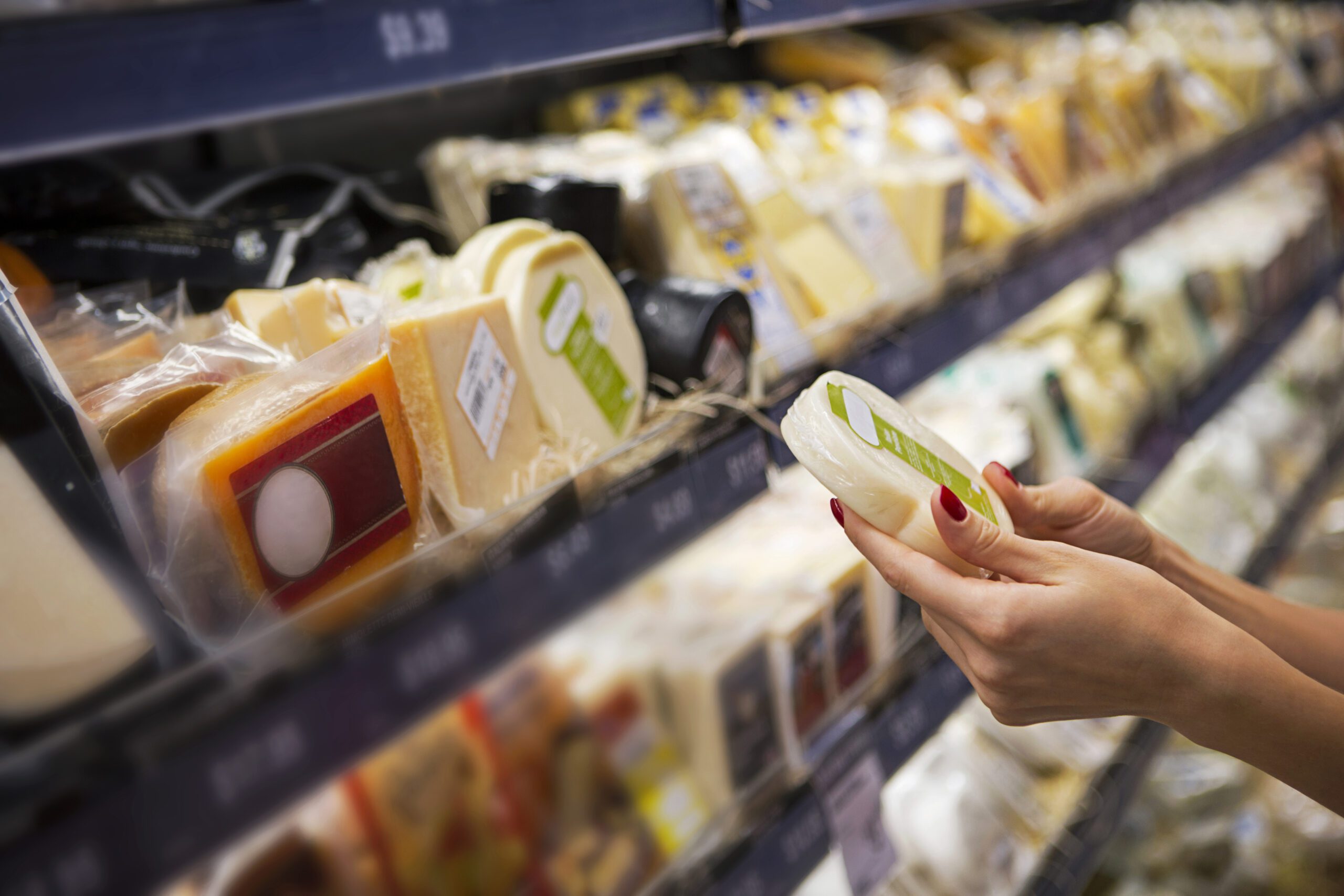
When brand performance begins to falter, the first place to look is whether the brand’s promise is aligned with the consumer’s top purchase decision drivers. Whether marketing a successful brand or managing a brand turnaround, the most important notion to truly understand is your consumers’ preferences and how they are evolving. Clearly understanding these preferences will allow you to evolve your messaging in parallel to create maximum appeal. This is the ‘why’ of your brand.
It Takes Work to Stay on Top
Keeping a brand properly positioned requires vigilance. As each brand and company is unique, there are innumerable ways that brand messaging can stray from its consumers’ desires.
For example:
- Often, the corporate culture does not want to challenge what has historically been accepted or the approach of the last marketing director.
- Many times, sales departments will influence consumer messaging, leaning hard on what the trade feels is important, thereby overlooking the consumer’s desires.
- What was once a powerful message may no longer be relevant. The consumer marketplace is changing rapidly. How products are consumed and perceived can change quickly.
What Drives Consumer Preference?
There are nearly endless reasons why a brand may be preferred by an audience. And at times, there is more than one in play. Here are several common drivers:
- Lower price
- Higher quality
- Convenience
- Special performance
- Higher awareness and familiarity
- Unique design or engineering
- Cultural affinity with the audience
- Greater distribution/availability
- Greater product variety
Need to rediscover the ‘why’? We can show you how.
STIR It UpGather Insight Without the Overspending
The traditional way to understand consumers’ drivers is some form of market research, whether formal or informal. Unfortunately, custom research is out of budget for many brands, so marketers need to be savvy in how they gather information.
Alternative Ways to Gauge Drivers:
- Consumers vote with their dollars. So, follow the trends in growth and sales. What is driving these trends?
- Digital media provides immediate feedback on ideas and concepts. What posts, ads and word combinations are producing clicks? What conversations are trending on social media?
- Segment your buying audience. Understand the consumer’s various frames of reference, such as what their other choices tend to be and how they use the product. The differences between groups are often quite revealing.
- Look into research panel studies like MRI | Simmons, which periodically examine a variety of categories. Sometimes this information can be accessed through media sources and agencies.
- Drill down on the consumers’ media habits and lifestyle choices. This can be done through licensed research such as Nielsen | Scarborough. This can help you break out preferences by geographic region.
- Get into the market. Marketing should not be driven from headquarters. You need to get into the market by going to shows, events and wherever you find your audience. Interact with them regularly, and the truth will reveal itself.
Transforming Data into Brand Engagement
From the insights gleaned, a new model for consumer messaging should be built. This model should consider the holistic brand situation. Determining a brand’s ideal positioning is not a formulaic process. Artificial intelligence (AI) alone will not get you there! It takes authentic intelligence, plus creativity and intuitive analysis. It is important to keep things simple: There is immense power in listening to the consumer and appealing to the simple truths in their lives.
With your new insights, you must craft a powerful new consumer messaging platform and bring it to life in a meaningful way.
Let’s Talk
If you’d like to discuss, we are available for a conversation at no obligation to you. Reach out to Brian Bennett at bbennett@stirstuff.com.








